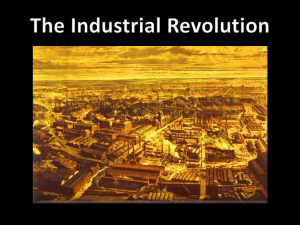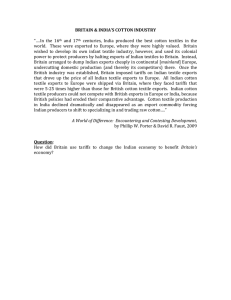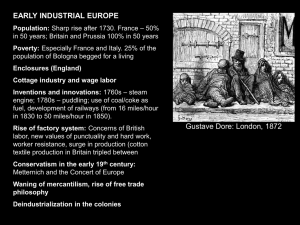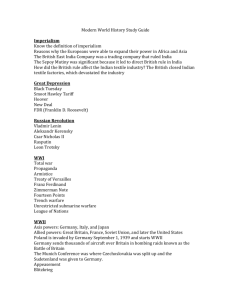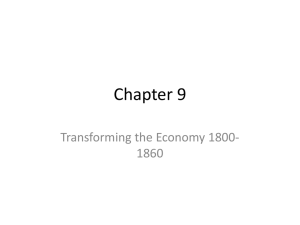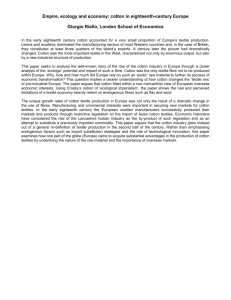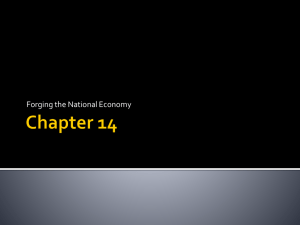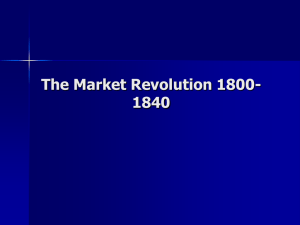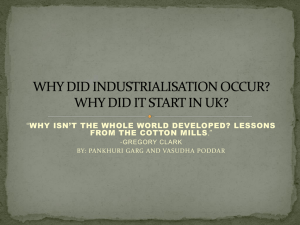East India company dominates
advertisement
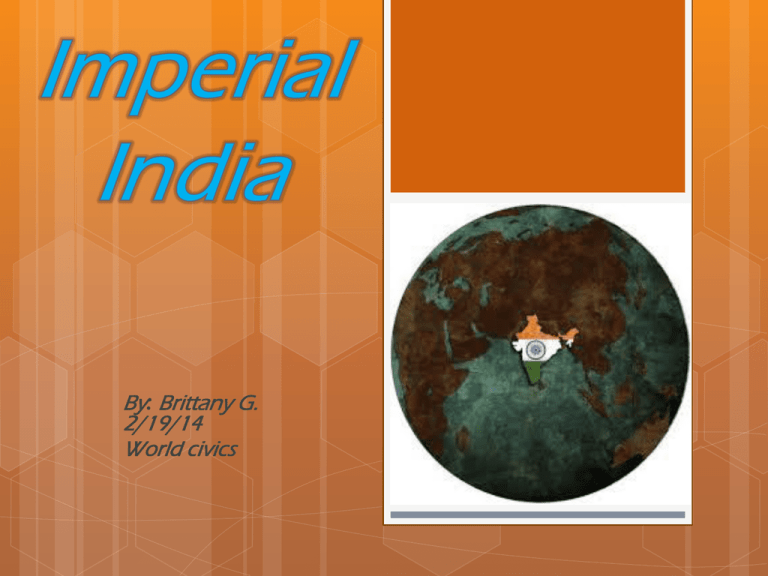
By: Brittany G. 2/19/14 World civics Britain’s control over India British economic interest in India began in the 1600s, when the British east India company set up trading post at Bombay, madras and Calcutta. At first, India ruling Mughal dynasty kept European traders under control. The east India company was leading power in India until 1858. British expand control over India East India company dominates officially, the British government control the east India company’s efforts both in London and in India. Britain’s “jewel in the crown” the British treasured India more for its potential than its actual profit. The industrial revolution had turned Britain into the world’s workshop and India was a major supplier of raw materials for that workshop. 300 million people were also a large potential market for British made goods. The British considered India the brightest “jewel in the crown” the most valuable of all of Britain’s colonies. The British set up restriction that prevented the Indian economy from operating on its own. British policies called for India to produce raw materials for British manufacturing and to buy British goods. Indian competition with British goods was prohibited. Example: India's own handloom textile industry was almost put out of business by imported British textile. British transport trade goods India became increasing valuable to the births after they established a railroad there. Railroad transported raw products from interior to the ports and manufactured goods back again. Most of the raw material were agricultural products produced on plantations. Plantation crops included tea, indigo, coffee, cotton, and jute. Cotton production in India increased when the civil war in the united state cut down supplies of cotton for British textile mills. Negatives British held much of the political and economic power. British restricted indian-owned industries such as cotton textiles. The changes to cash crops reduced food production. Causing famines in the late 1800s. Positives The laying of the world’s third largest railroad was a major British achievement. When completed, the railroads enable India to develop a modern economy and brought unity to the connected regions. Along with the railroads, a modern road network, telephone and telegraph lines, dam, bridges, and irrigation canals (water spray for plantations) enable India to modernize Cite sources http://www.painesville- township.k12.oh.us/userfiles/699/Classes/264 75/Chapter%2011%20Section%204.pdf Questions When did the British economic interest in India begin? What does British consider India as in? Name 5 positives thing that enable India to modernized. answers 1600s Brightest “jewel in the crown” road network, telephone and telegraph lines, dam, bridges, and irrigation canals Above is a map of British rule in India in 1853. The East India Trading Company primarily controlled all purple areas which led to India's induction into the British raj.



